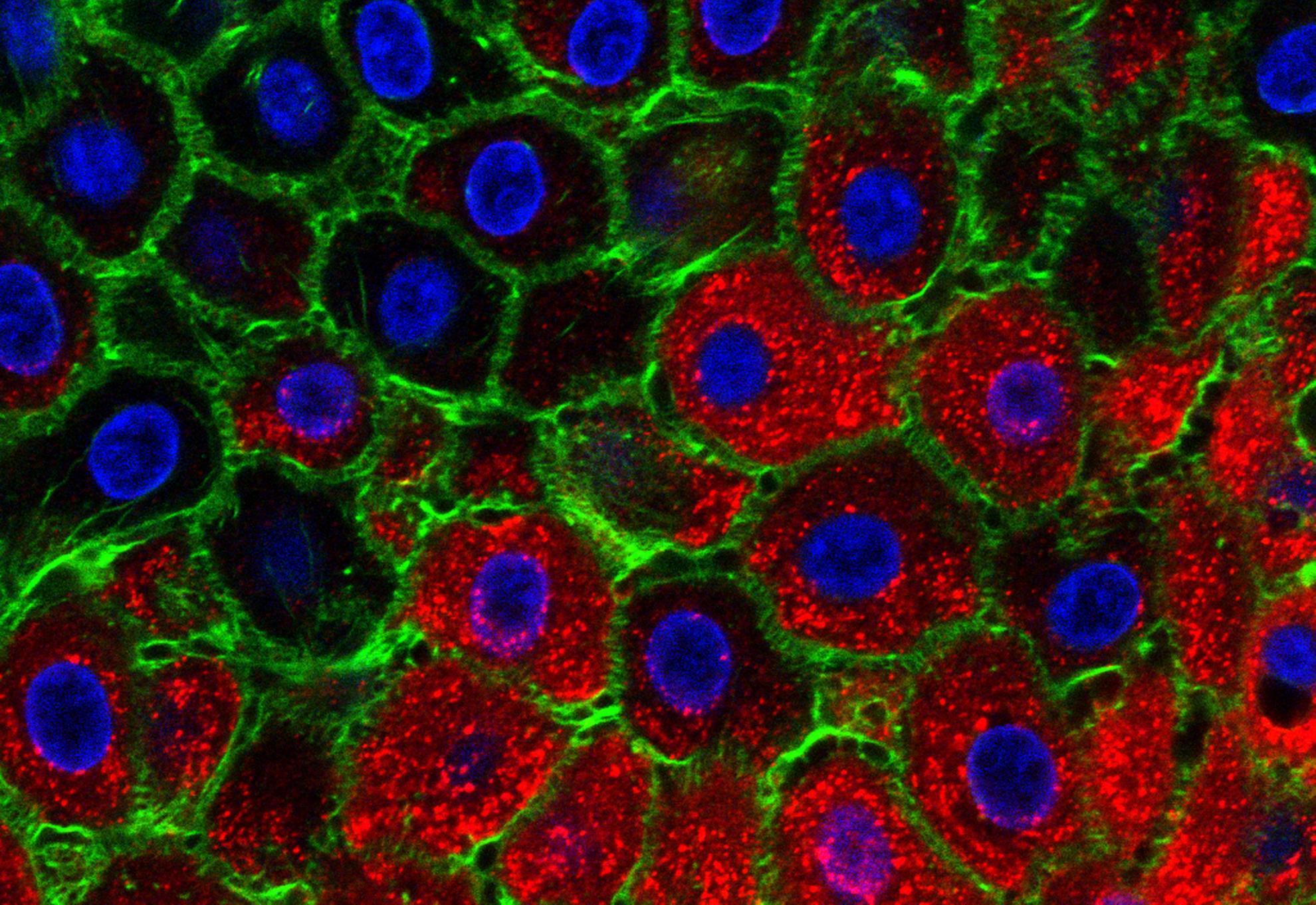Validation of two multiplex lateral flow devices for the rapid detection and typing of foot-and-mouth disease viruses
Lateral Flow Devices (LFDs) represent a simple tool for the rapid diagnosis of FMD, particularly in endemic regions, often lacking adequate and equipped laboratories. Other experimental prototypes offer a user-friendly FMD confirmation tool, but serotype identification is crucial for transmission patterns evaluation and for vaccine selection and their serotyping capacity was limited. This study describes the validation of two multiplex devices based on well-characterized monoclonal antibodies: LFD1 (O, A and Asia1) and LFD2 (SAT1 and SAT2). First, the ability of the LFDs to recognize the widest spectrum of strains was assessed. Eighty-three tissue-cultured FMDV strains were tested with LFD1 and 15 with LFD2, confirming the capability to recognize and serotype a broad range of lineages and sub-lineages belonging to all 7 endemic pools. The diagnostic sensitivity related to FMDV detection was evaluated using 224 real-time RT-PCR positive samples collected in endemic countries, resulting in 87.5 % for LFD1 (140/160 detected) and 70 % for LFD2 (45/64 detected). The diagnostic sensitivity of serotyping capabilities was assessed by testing field samples in parallel with an antigen-ELISA kit: applied on 178 samples, LFD1 correctly typed 96 %, 94 % and 83 % of samples positive for type O (n = 95), A (n = 54) and Asia1 (n = 29) respectively, while LFD2 correctly typed 77 % SAT1 (n = 52) and 82 % SAT2 (n = 40) in 92 positive field samples. A 100 % diagnostic specificity was found testing 60 epithelium homogenates collected from animals negative for FMD. Obtained data highlighted the devices' potential value for field use to support the enhanced surveillance of FMD.
